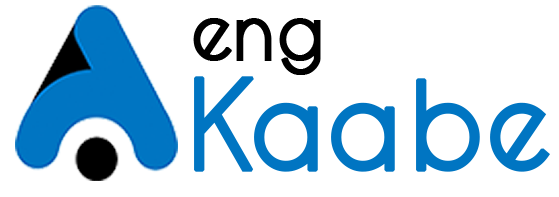Tesla’s AI Day, held in August 2021, was a highly anticipated event where Tesla showcased its advancements in artificial intelligence (AI) and autonomous driving technology. The following are some salient features of Tesla’s AI Day:
Dojo Supercomputer: Tesla unveiled Dojo, a potent supercomputer intended to train AI models for fully autonomous driving (FSD) applications. The goal of Dojo is to process enormous volumes of data gathered from Tesla’s automobile fleet in order to enhance algorithms for autonomous driving.
Vision-based Approach: Tesla made a point of using cameras rather than LiDAR sensors in its vision-based approach to autonomous driving. The business demonstrated how its neural networks can use video data to interpret and negotiate challenging driving situations.
Tesla Bot: One of AI Day’s shocks was the introduction of the Tesla Bot, a humanoid robot prototype intended to assist with hazardous or routine duties and carry out repetitive chores. Even though it attracted notice, the Tesla Bot was portrayed more as a vision for the future than a ready-to-use product.
processor Design: Tesla gave details on the design of its own AI chips, such as the Hardware 4 (HW4) processor, which is anticipated to power upcoming cars and improve AI processing capability for self-driving technology.
Simulations and Data Labeling: In order to train AI models for autonomous driving, Tesla emphasized the value of simulations and effective data labeling methods. Tesla uses these technologies to gather and annotate data at scale, which helps the company’s self-driving algorithms become more accurate and dependable.
All things considered, Tesla used AI Day to highlight its dedication to developing AI and autonomy in its cars while showcasing its technological strength and vision for the future of transportation.


